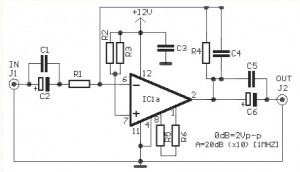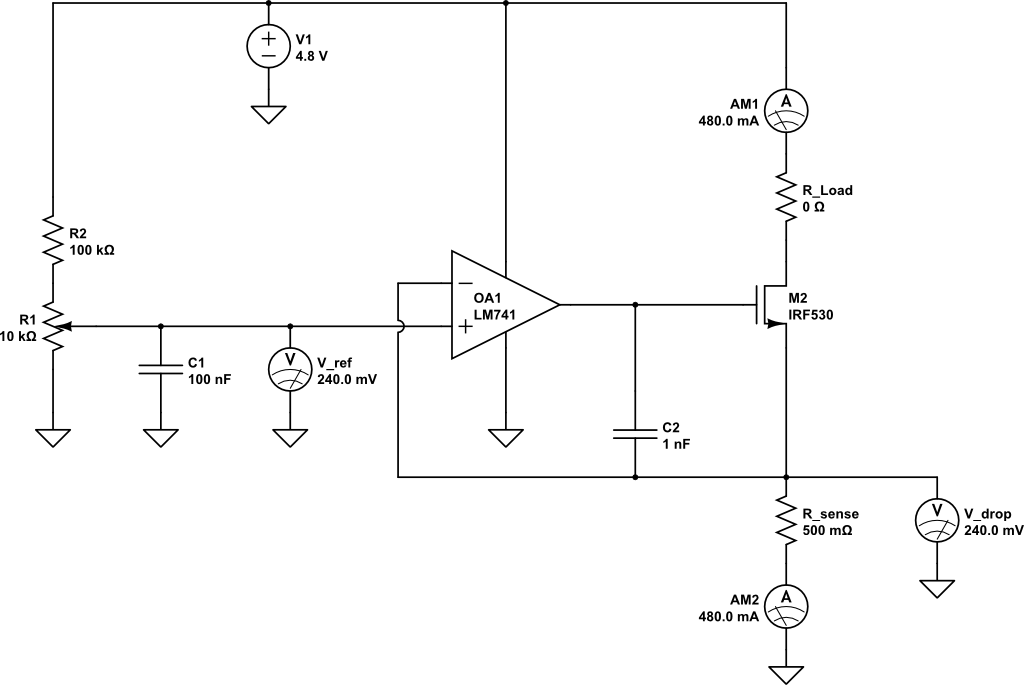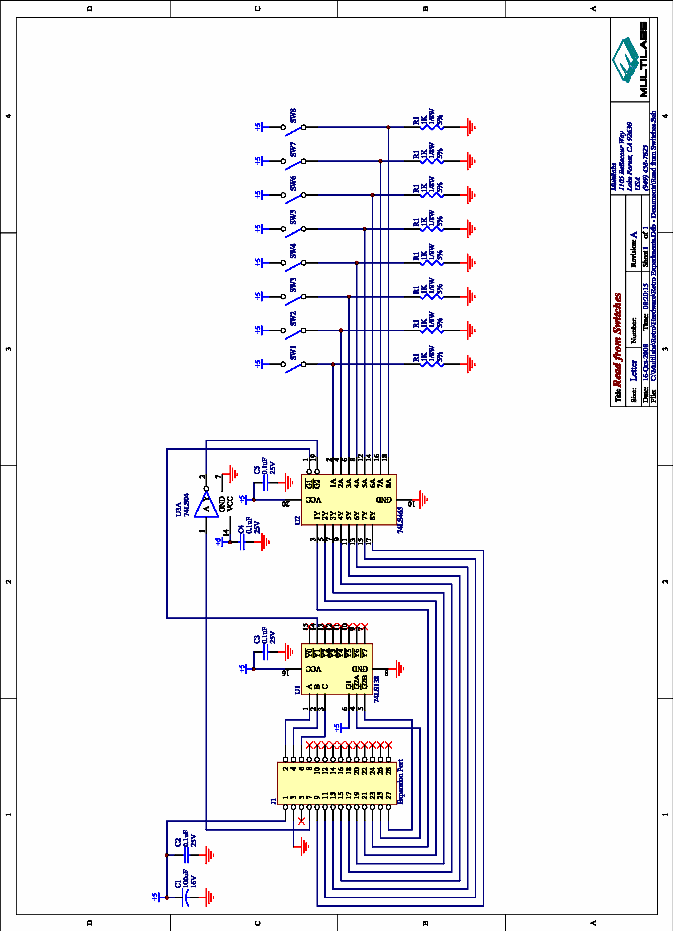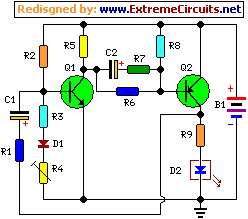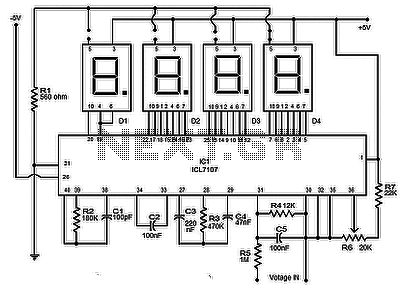
Frequency/Tone Decoder Circuit Using TC9400 FVC

Another application of the frequency-to-voltage converter (FVC) is the tone/frequency decoder. This circuit is designed to identify the frequency band of an oscillating signal. It is utilized in various applications, such as determining the frequency band in signals and in remote controls, where different frequency bands correspond to specific commands. The circuit employs the TC9400 frequency-to-voltage converter to transform the frequency into a proportional analog voltage, which is necessary for detection. In addition to the TC9400, the circuit incorporates quad comparators to monitor when the voltage (frequency) exceeds specified limits. The frequency is represented by a logical high (1) at any of the five outputs.
The frequency-to-voltage converter (FVC) circuit serves as a critical component in applications requiring precise frequency detection and decoding. The TC9400 F/V converter is a specialized integrated circuit that efficiently converts input frequency signals into corresponding output voltage levels. This conversion is essential because most digital systems require analog voltage levels for processing and interpretation.
In this configuration, the TC9400 is connected to the input signal, which may originate from various sources, such as oscillators or RF signals. The output from the TC9400 is a voltage that is directly proportional to the input frequency, enabling straightforward interpretation of frequency changes as voltage variations.
The quad comparator integrated into the circuit plays a vital role in monitoring the output voltage levels. It is configured to compare the output voltage from the TC9400 against predefined threshold levels. When the output voltage exceeds these thresholds, the comparators generate logical high signals at their outputs, indicating that the frequency has crossed specified limits. This functionality is crucial for applications like remote control systems, where different frequencies correspond to different commands, allowing the system to respond appropriately based on the detected frequency.
The circuit's design may include additional components such as resistors and capacitors to filter noise and stabilize the output voltage, ensuring reliable operation in various environments. The logical outputs can be interfaced with microcontrollers or other digital systems to execute commands based on the detected frequency. Overall, this frequency-to-voltage converter circuit exemplifies a versatile solution for frequency detection and decoding in modern electronic applications.Another application of FVC (frequency-to-voltage converter) is tone/frequency decoder. This circuit is used to determine the frequency band of an oscillation signal. This circuit is used in many application like determines the frequency band in the signal and remote control where the frequency band corresponds to a different command. This circuit uses TC9400 F/V converter to convert the frequency to voltage because the frequency must be converted to proportional analog voltage before can be detected. This is the figure of the circuit; Beside TC9400 F/V converter, this circuit also uses the quad comparators.
It used to detect when the frequency limits is exceeded by the voltage (frequency). The frequency is indicated by the logical 1 ³ at any of the five output. [Circuit diagram source: Microchip Application Note] 🔗 External reference
The frequency-to-voltage converter (FVC) circuit serves as a critical component in applications requiring precise frequency detection and decoding. The TC9400 F/V converter is a specialized integrated circuit that efficiently converts input frequency signals into corresponding output voltage levels. This conversion is essential because most digital systems require analog voltage levels for processing and interpretation.
In this configuration, the TC9400 is connected to the input signal, which may originate from various sources, such as oscillators or RF signals. The output from the TC9400 is a voltage that is directly proportional to the input frequency, enabling straightforward interpretation of frequency changes as voltage variations.
The quad comparator integrated into the circuit plays a vital role in monitoring the output voltage levels. It is configured to compare the output voltage from the TC9400 against predefined threshold levels. When the output voltage exceeds these thresholds, the comparators generate logical high signals at their outputs, indicating that the frequency has crossed specified limits. This functionality is crucial for applications like remote control systems, where different frequencies correspond to different commands, allowing the system to respond appropriately based on the detected frequency.
The circuit's design may include additional components such as resistors and capacitors to filter noise and stabilize the output voltage, ensuring reliable operation in various environments. The logical outputs can be interfaced with microcontrollers or other digital systems to execute commands based on the detected frequency. Overall, this frequency-to-voltage converter circuit exemplifies a versatile solution for frequency detection and decoding in modern electronic applications.Another application of FVC (frequency-to-voltage converter) is tone/frequency decoder. This circuit is used to determine the frequency band of an oscillation signal. This circuit is used in many application like determines the frequency band in the signal and remote control where the frequency band corresponds to a different command. This circuit uses TC9400 F/V converter to convert the frequency to voltage because the frequency must be converted to proportional analog voltage before can be detected. This is the figure of the circuit; Beside TC9400 F/V converter, this circuit also uses the quad comparators.
It used to detect when the frequency limits is exceeded by the voltage (frequency). The frequency is indicated by the logical 1 ³ at any of the five output. [Circuit diagram source: Microchip Application Note] 🔗 External reference
